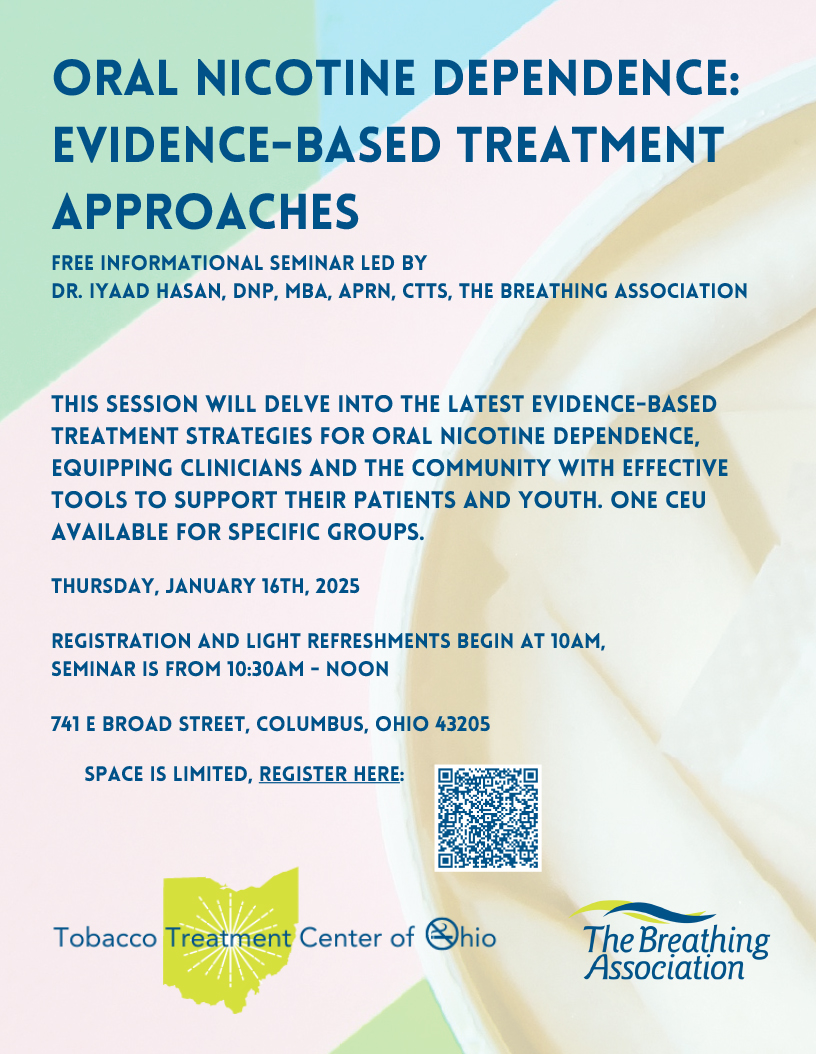Respiratory Issues and Vaping
A recent story from Winter Park, Florida, has hit some national press. Tragically, a young man died following six years of him being sick and having two organ transplants. His doctors believe his death was partially due to vaping. His mother is now sharing the story of how her son began vaping in high school. She had talked to her son several times about his use of vaping products, but that did not stop his use. That is because the nicotine in vaping products has a high nicotine level. The reality is that one vape may have the equivalent of 5,000 cigarettes!
Her son was a healthy college cheerleader and cellist who came home feeling ill. He went to the hospital and was diagnosed with pneumonia in both his lungs. This began a six-year battle that included double lung transplants. He then had to have a kidney transplant. His body ended up rejecting the organs after two years of battling infections and complications. His mother shared that he never complained.
His mother said that he was happy. He said if there’s anything he could have ever changed, it would have been that he would have never vaped to begin with. His mother adds, “Don’t let this story die. There are still millions of middle school and high school kids who are vaping, and no one, no one should have to go through the journey that our family has gone through, and that our son has gone through.”
It is March, and there is a tremendous amount of respiratory illnesses hitting our schools this winter. Youth who vape are compromised just like smokers are and are more susceptible to respiratory illness. Parents need to be mindful of this and do all they can to keep their children healthy. If you hear them wheezing, if they are dragging, or if they have a fever, don’t ignore it.








